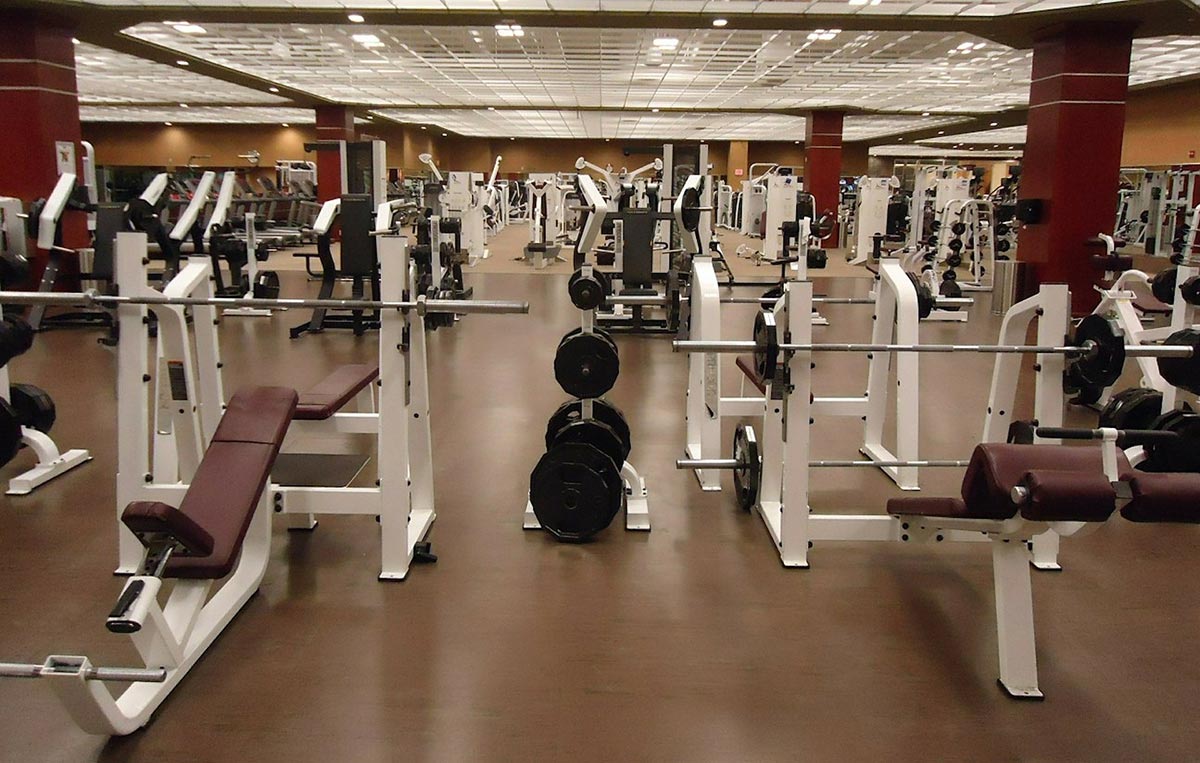A Growing Phenomenon
Currently, over 50 million Americans are members of health and fitness clubs, a number that has nearly tripled in the past two decades. Worldwide, membership has surged past 200 million, with emerging markets contributing significantly to this growth. The U.S. still represents a substantial share of the global fitness industry, though its dominance has decreased due to rapid expansion in Europe, Asia, and Latin America.
Gym memberships in the United States average around $65 per month, reflecting an industry-wide increase in pricing as clubs offer more premium services. While prices in China and India remain lower, the trend toward higher fees in developed markets continues. Interestingly, Russia still holds its place as one of the most expensive fitness markets, with memberships exceeding the equivalent of $90 per month, inclusive of value-added taxes and exclusive club fees.
Who’s Working Out?
While men have historically held a slight majority among gym-goers in the U.S., recent statistics indicate an even gender distribution. However, regional variations persist—women still outnumber men in the U.K., France, and Spain, while Germany and the Nordic countries report a male-dominated gym demographic. This evolving dynamic suggests a shift in fitness culture, with more inclusive approaches to exercise marketing and program development.
One of the most significant shifts in gym membership demographics is the increasing participation of individuals over 55. Currently, this age group comprises 26% of health club members, compared to 20% a decade ago. Meanwhile, young adults between 18 and 34 have slightly decreased as a share of overall membership. This trend suggests that clubs must adjust their offerings to cater to older populations, emphasizing low-impact exercise programs, rehabilitation services, and wellness initiatives.
The Power of Education
Education remains a strong predictor of gym membership. Around 62% of U.S. club members hold at least a college degree, and an additional 27% have pursued some level of post-secondary education. Notably, research continues to show a correlation between higher education and active gym participation, likely due to increased awareness of health benefits and a stronger financial ability to sustain membership.
Income also plays a crucial role in determining fitness club participation. Approximately 38% of gym members in the U.S. report annual household incomes exceeding $100,000, while about 25% earn less than $50,000. Although budget-friendly gym chains have made fitness more accessible, financial stability still significantly influences whether individuals commit to a long-term membership.
It’s a Lifestyle—Or Is It?
Exercise adoption remains a psychological hurdle for many. While some view it as an essential aspect of daily life, others struggle with motivation and commitment. Behavioral research suggests that forming a habit around exercise is akin to lifestyle changes like quitting smoking or adjusting dietary patterns. The key to success lies in structured goal setting, social support, and tailored fitness programs that cater to individual preferences and psychological triggers.
There is no single, foolproof approach to encouraging exercise adherence. Fitness clubs must employ a mix of motivational strategies, from personalized coaching and social accountability to gamification and reward systems. Understanding the psychological, social, and environmental factors influencing exercise behavior allows clubs to create a more engaging and sustainable fitness experience for their members.
Perceptions and Misconceptions
Despite the growing popularity of health clubs, not all public perceptions are positive. While many view gyms as essential wellness hubs, others associate them with high costs, intimidation, or unwelcoming atmospheres. Negative experiences, such as overcrowding, lack of cleanliness, and indifferent staff, contribute to gym dropout rates and reinforce skeptical attitudes toward membership value.
Retention remains a major challenge for fitness clubs. The most commonly cited reasons for membership cancellation include lack of motivation, financial constraints, dissatisfaction with facilities or staff, and failure to integrate fitness into a sustainable lifestyle. Research suggests that fostering social connections within the gym environment—through group classes, personal training, and community events—significantly improves retention rates and long-term adherence to exercise programs.
Sourches: Data derived from the International Health, Racquet & Sportsclub Association (IHRSA), American College of Sports Medicine (ACSM), World Health Organization (WHO), and recent behavioral psychology studies on fitness motivation and adherence.













